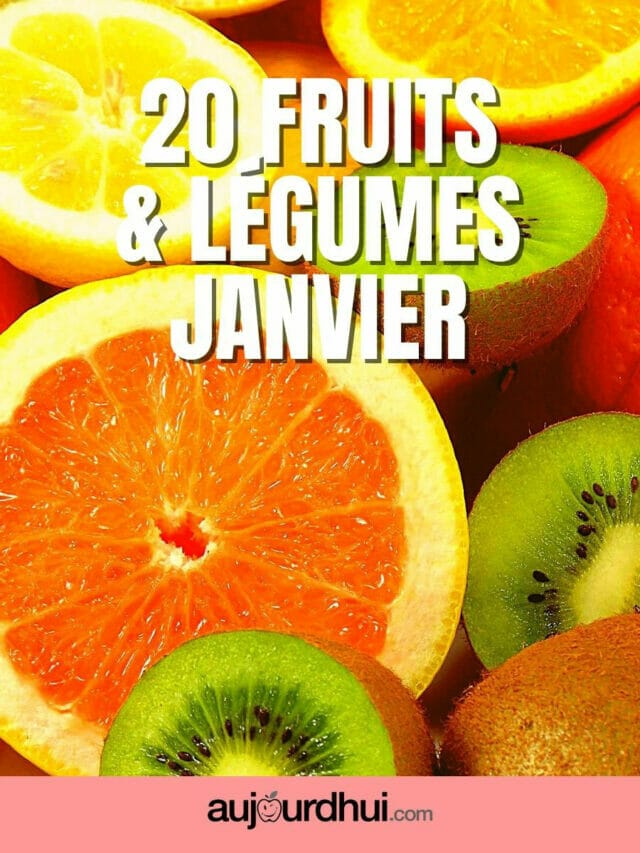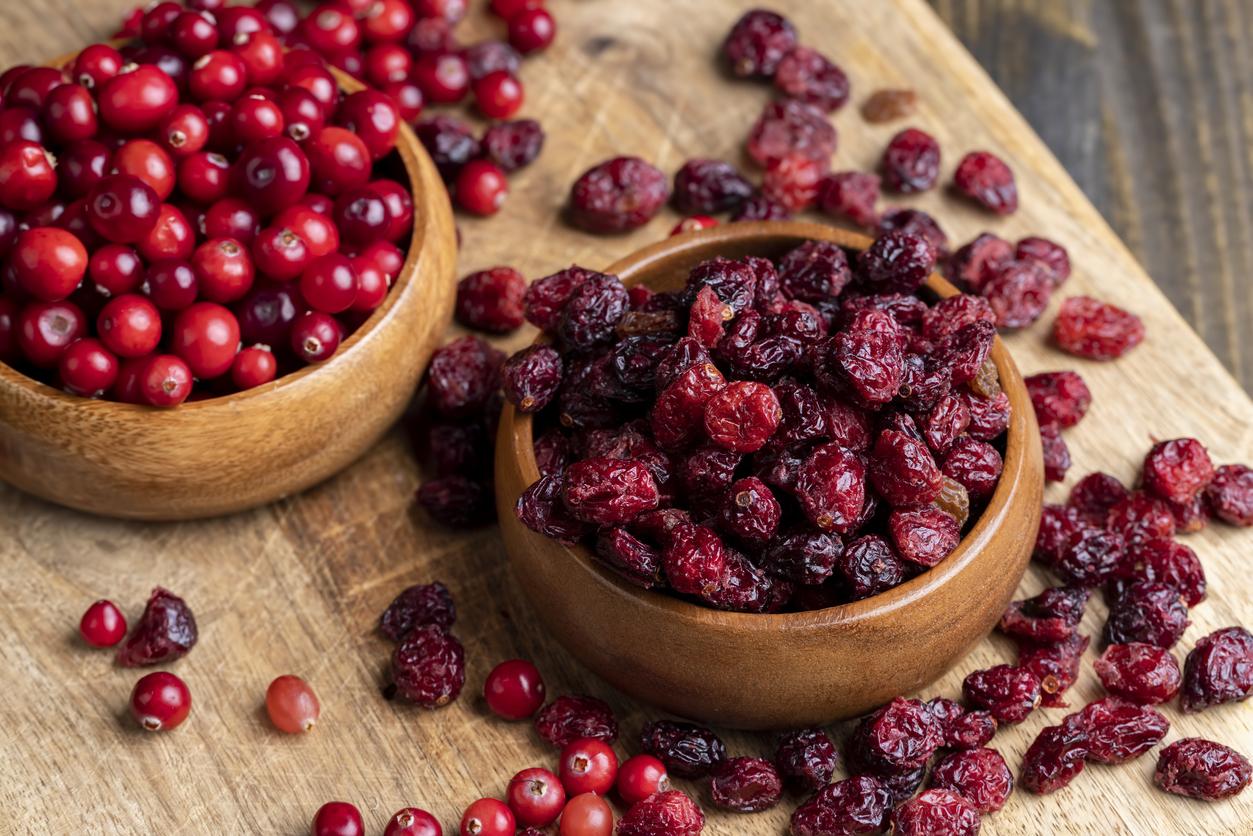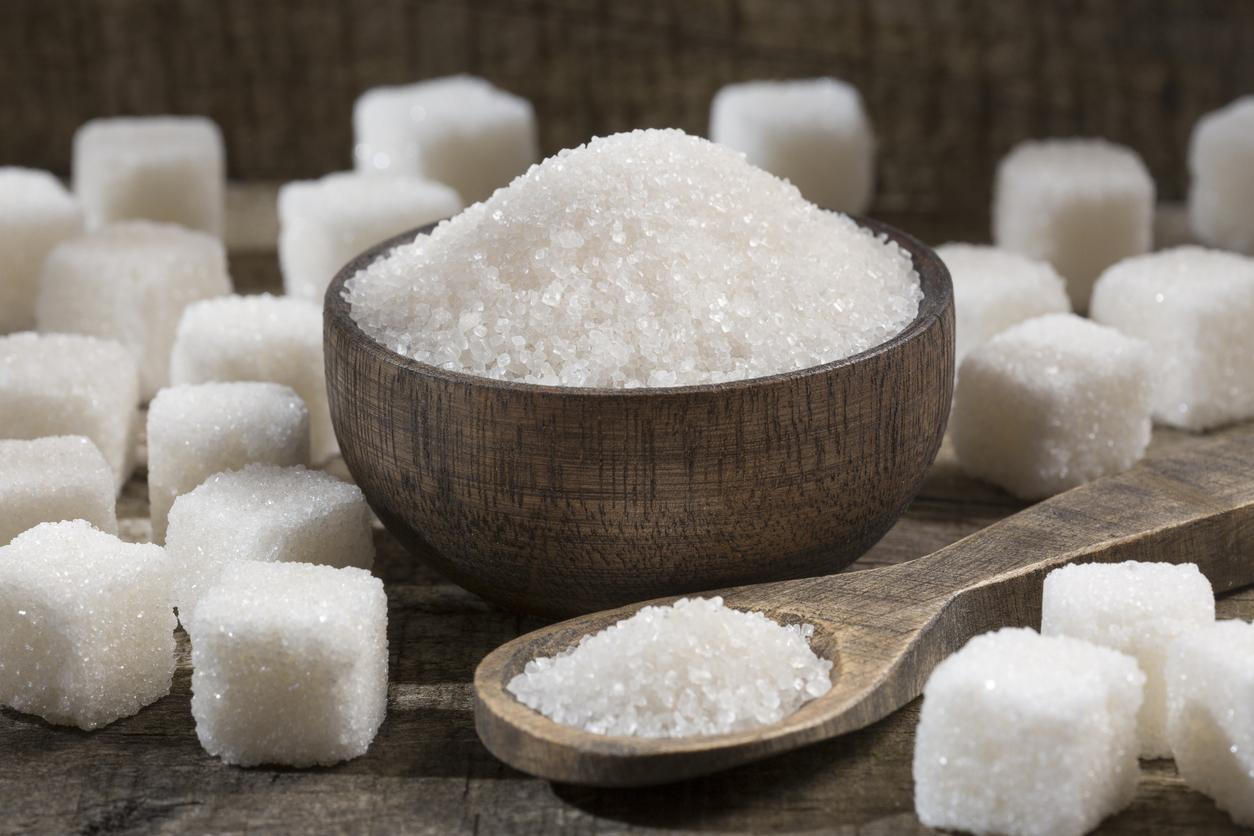THE preservatives added to the ham (cut as sliced, in plastic trays) are harmful to health. A recent report of the Food Agency (Anses) concluded last July that they are involved in the colorectal cancer risk. And according to an Inserm study unveiled on January 17they would also be involved in the development of the Type 2 diabetes. Besides, the International Agency for Research on Cancer (IARC) of the World Health Organization (WHO) in 2015 classified nitrates and nitrites as carcinogens for the man.
What are nitrites?
Nitrates and nitrites are naturally present in soils and plants, but they are also synthesized by the food industry to serve as conservatives. In the past, saltpetre (potassium nitrate) was used to preserve meat. Then we realized that the nitrate, in the presence of ferments, was transformed into nitrite, and that it was this which improved the preservation of food. Since the 1960s, nitrite has therefore been used directly. It is used in the most common form of sodium nitrite, or potassium nitrite. On the labels, they are mentioned by name or code: E250 for the first and E249 for the second. Their use is supervised and limited to meats and charcuterie: sausage, bacon bits, bacon, salami…
What are they for ?
They inhibit the growth of Clostridium botulinum, bacteria responsible for botulisma rare disease that can be fatal. “In France, only about ten cases are reported per year, mostly due to homemade preserves”, says Anne-Laure Denans, doctor of pharmacy and graduate in nutrition.
Another interest: by reacting with myoglobin (a protein), nitrites fix the pink color of meat. “When you bake a pork roast in the oven and slice it, it’s gray,” observes Lionel Rostain, who has been producing organic ham since the end of the 1970s. It doesn’t shock anyone. But, in our imagination, a good ham is pink. Otherwise, it sells poorly. “This requires a lot of explanation from consumers”observes Lionel Rostain, who has succeeded in developing an organic ham, without nitrites… and pink!
Are nitrites harmful to health?
It is not the nitrites that are the problem, but their transformation into nitrosamines which are carcinogenic. “This transformation takes place in the presence of proteins and heat, conditions that are found during the manufacture of ham”, explains Anne-Laure Denans. Thus, the CIRC (International Agency for Research on Cancer) has classified cold cuts as carcinogenic to humans, in the same way as tobacco and asbestos.
Studies have in fact shown that there is a link between the consumption of deli meats and colorectal cancer (the third most common cancer in men and the second in women), and to a lesser extent breast cancer. ‘stomach. But also that their consumption is associated with an increased risk of type 2 diabetes.
Can we continue to eat ham?
In its latest report, ANSES (National Health Security Agency) recommends limiting their consumption to 25 grams per day, or about half a slice of ham, or 3 to 4 slices per week. Provided you maintain a varied diet at the same time with at least five servings of fruit and vegetables a day.
Thus, if you eat cold cuts once or twice a week while maintaining a diet rich in fruits and vegetables, there is no problem. Combining ham and raw vegetables is particularly recommended because they provide vitamin C, which inhibits the transformation of nitrites into nitrosamines, but also fibers which protect against colorectal cancer.
Are there nitrites in organic ham?
The organic label does not offer any guarantee on this side, any more than the Red Label. The specifications of organic farming authorize around fifty additives (compared to nearly 350 in conventional food), including the famous E250. But the maximum authorized dose is only 80mg/kg, against 150mg/kg for conventional hams. In addition, some organic ham producers push the logic of the “healthy product” to the limit, by producing organic hams without nitrites. This is the case, for example, of the French Rostain and the Italian Delizie, both sold in organic stores.
Could we do without it?
Yes, since it is possible to produce ham without nitrites. “This requires more rigor at each stage of production: selection of raw materials, preparation, salting, cooking, slicing, preservation…”, indicates Lionel Rostain. According to him, no bacterial risk with quality meat and respecting hygiene rules.
The Food Agency (Anses) recommends a reduction in the addition of nitrates and nitrites in cold meats “as low as reasonably possible“on condition that measures are taken to control the risk of contamination by bacteria causing diseases such as salmonellosis, listeriosis or botulism.
According to ANSES, the reduction of nitrites in cooked ham for example could imply a shortening of the expiry date.
The Government has set up a action plan to reduce the addition of nitro additives in food products.
Can we trust “nitrite-free” hams?
Manufacturers are increasingly marketing hams stamped “nitrite-free”. This has been the case for Fleury Michon and Herta since 2016.
“We are using nitrate-rich vegetable broth (carrot, celery, chard, etc.) and ferments that naturally transform nitrates into nitrites”, explained in 2017 to Top Santé, David Garbous, director of strategic marketing for the Fleury Michon brand.
Herta did not even use no nitrite, even of vegetable origin. “We found an interesting ingredient to fight against Clostridium botulinum, developed a new recipe and adapted the manufacturing process”, for his part explained Yves Bonneville, R&D director of Herta. In the list of ingredients: pork, spices, aromatics, salt and sugar. That’s all.
In other words, the Herta manufacturer uses neither nitrite salts nor plants rich in nitrates in its broth which could, under the effect of added ferments, turn into nitrites and constitute a means of preservation. In 2017, a test carried out by the UFC Que Choisir proved satisfactory: “for the reference that we submitted to an independent laboratory, all of the nitrate and nitrite analyzes reveal levels below the analytical detection thresholds. A successful bet for Herta, this ham therefore complies with the allegations it claims.”
In 2020, according to another test carried out by the magazine 60 Million consumers, all the hams tested were below the regulatory limits, set at 150 mg of nitrites per kilogram of meat.
However, it is vegetable broths that are most often used as substitutes for sodium or potassium nitrites, in industrial ranges labeled “nitrite-free”. But this alternative is not one, according to Laurent Guillier, head of scientific projects at ANSES and interrogates by 60 Million Consumers in 2022: “The plants in vegetable broths contain nitrates, a proportion of which is transformed into nitrites. The problem is that we cannot quantify this part absorbed by the body.”
Please note that there is no alternative yet for dry sausages and sausages. “The problem with sausage is that the meat is minced, so if there are bacteria on the outside, they end up inside the product. In addition, the acidification and fermentation processes cause the sausage to heat up, which leads to a greater spread of contaminants.” explains Laurent Guillier. For the moment, no real alternative exists in this sector for the reduction of nitrites.

















